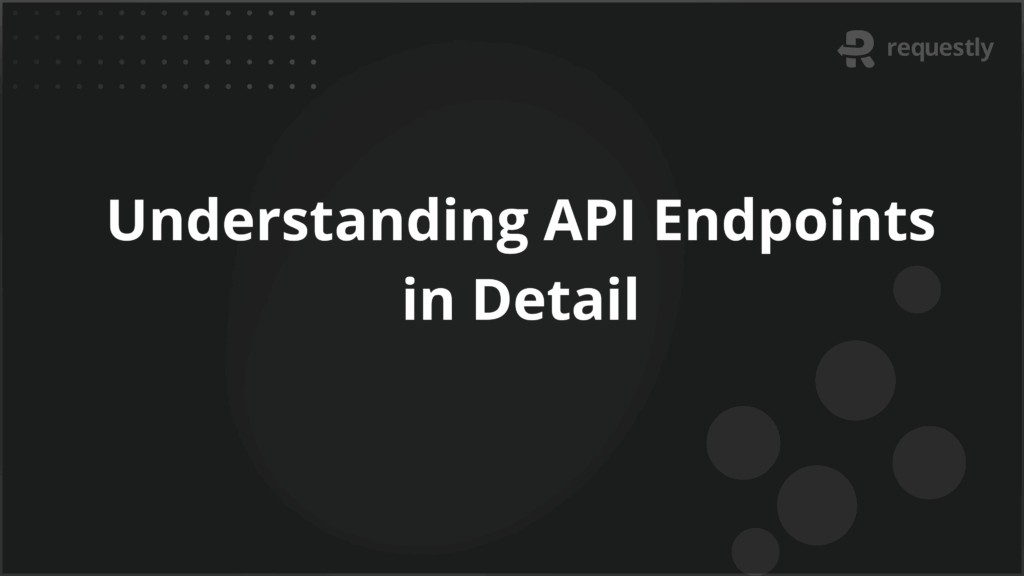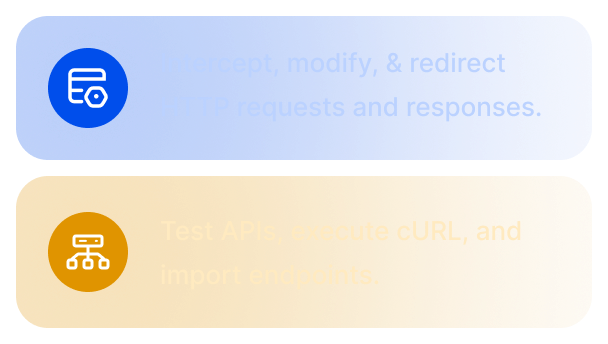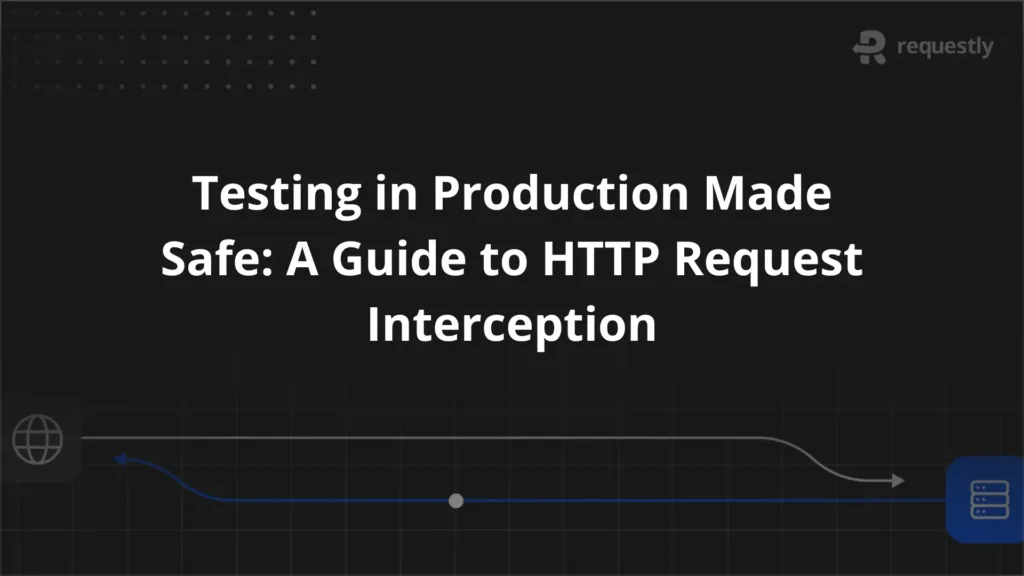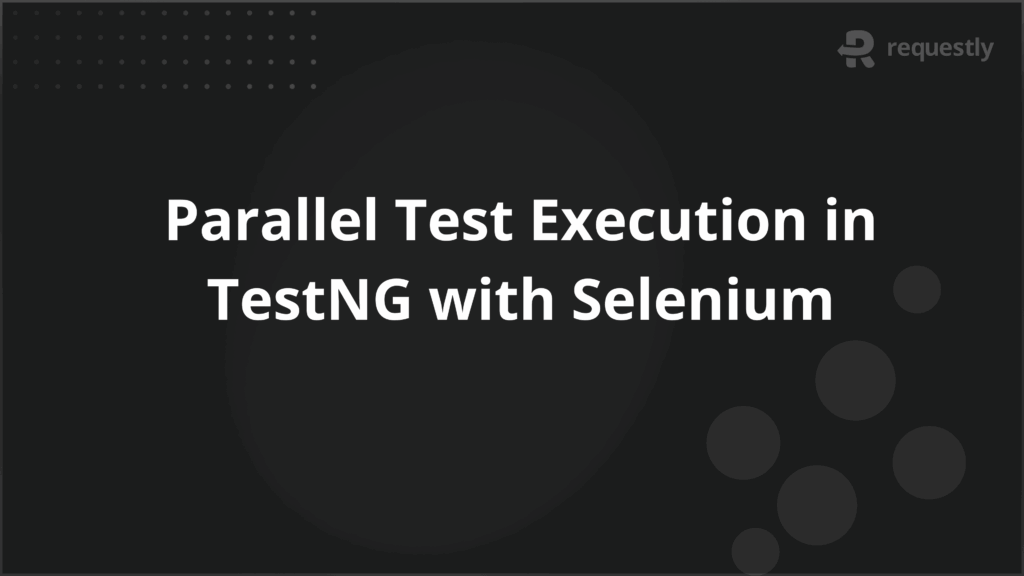API Database: A Detailed Guide


API (Application Programming Interface) is a software intermediary that allows different applications or systems to communicate with each other. APIs expose endpoints that receive requests and return responses, usually in standardized formats like JSON or XML. They abstract the complexity behind internal logic and data sources, enabling seamless interaction between client and server applications.
Databases, on the other hand, are structured repositories that store, manage, and retrieve data efficiently. They range from relational systems like PostgreSQL and MySQL to NoSQL solutions like MongoDB and Cassandra. Databases form the backbone of nearly every application, managing everything from user data to application state.
Together, APIs and databases serve as critical pillars for software applications. While APIs act as communication conduits, databases are the storage engines that power real-time data-driven operations.
Understanding API-Database Integration
Explore how APIs serve as intermediaries between clients and databases, enabling structured data retrieval, updates, and transaction management through a clearly defined interface.
API-database integration refers to the process where APIs serve as interfaces to access and manipulate database records. When a client (like a web or mobile app) sends a request to an API, the API processes the request, performs necessary business logic, interacts with the database, and returns the response.
- Client Request: A client sends an HTTP request to an API endpoint (e.g., GET /users/123).
- Backend Logic: The API validates the request, applies authorization, and prepares a query to interact with the database.
- Database Interaction: The database processes the query and returns data.
- Response Generation: The API formats the data and sends it back to the client.
Advanced Architectures and Patterns
Dive into modern architectural patterns that optimize API-database interactions, enhance performance, and ensure scalability in distributed systems.
- Backend for Frontend (BFF): A BFF layer customizes APIs for specific frontend interfaces, reducing unnecessary data transmission.
- GraphQL over REST: GraphQL allows clients to fetch exactly the data they need through a single, flexible endpoint.
- CQRS (Command Query Responsibility Segregation): Separates read and write operations to scale and optimize each path independently.
- API Gateway with Microservices: An API Gateway routes requests to microservices, each managing its own database, promoting service autonomy.
Types of Database APIs
Learn about the most widely used API types for database interaction, each with unique strengths suited to different application requirements and data access patterns.
- RESTful APIs: Stateless and widely used, ideal for simple CRUD operations.
- GraphQL APIs: Client-driven queries reduce over-fetching and support complex relationships.
- gRPC APIs: Efficient binary communication protocol suitable for internal microservices.
- OData APIs: Standardized querying via REST, useful for enterprise-grade filtering and pagination.
- Native Database APIs: Direct access via database-specific SDKs, often with real-time capabilities.
Choosing the Right API and Database System
This section outlines the key criteria for selecting the most effective API and database technology stack based on your application’s data complexity, query needs, and scalability goals.
- Data Structure: Relational databases for structured data; NoSQL for flexible or unstructured data.
- Query Complexity: Use GraphQL for deeply nested or dynamic queries.
- Latency Requirements: Choose gRPC or WebSockets for low-latency, real-time communication.
- Developer Skillset: Select APIs and databases aligned with your team’s expertise.
- Ecosystem Support: Consider SDKs, community backing, and third-party integrations.
Practical API-Database Integration
Implementing API-database integration involves a series of deliberate design and development decisions that ensure the system is functional, maintainable, and scalable. This section covers the key elements developers must address when building an API layer that interacts efficiently with a database.
1. ORM Integration
Object-Relational Mapping (ORM) tools simplify database operations by abstracting SQL queries into object-oriented logic. This increases productivity and reduces the chances of query errors.
- Use libraries such as Prisma (TypeScript), Sequelize (Node.js), Hibernate (Java), or SQLAlchemy (Python).
- ORMs handle model definitions, relationships, migrations, and CRUD operations with minimal boilerplate.
- They also provide features like query builders, transaction handling, and connection pooling.
2. Data Validation and Sanitization
APIs should validate incoming request data before interacting with the database to avoid runtime errors and ensure data integrity.
- Use schema validation libraries like Joi, Zod, or Pydantic depending on the language.
- Validate both query parameters and request bodies.
- Sanitize strings and input fields to prevent SQL injection or malformed data.
3. Query Abstraction and Logic Separation
Business logic should not reside in controller layers or API endpoints directly. Abstract queries into service or repository layers.
- Separate data access logic into modules or services.
- Use reusable functions for fetching, inserting, and updating records.
- This promotes modularity and makes testing and debugging easier.
4. Error Handling
Database errors must be caught and translated into meaningful API responses to avoid exposing internal system details.
- Catch common errors like UniqueConstraintViolation, ForeignKeyViolation, or timeout errors.
- Use standardized response formats (e.g., consistent error schema).
- Return appropriate HTTP status codes like 400 (Bad Request), 404 (Not Found), or 500 (Internal Server Error).
5. Pagination and Filtering
For endpoints that return collections of records, add pagination and filtering to optimize performance and bandwidth usage.
- Implement limit-offset or cursor-based pagination depending on dataset size and performance needs.
- Allow dynamic filtering through query parameters (e.g., /users?role=admin&status=active).
- Use indexed fields to improve query performance.
6. Connection Management
Efficient use of database connections is crucial in high-concurrency environments to prevent resource exhaustion.
- Use a connection pooler (e.g., pgbouncer, HikariCP, or ORM-internal pooling).
- Configure idle timeouts, max connection limits, and retry logic.
- Avoid opening a new connection per request; reuse pooled connections.
7. Transaction Handling
When multiple queries must succeed or fail together, use transactions to maintain data consistency.
- Wrap related operations inside a transaction block (BEGIN, COMMIT, ROLLBACK).
- Ensure rollback is triggered on errors or exceptions.
- ORMs typically provide transaction helpers that simplify this process.
Performance Optimization Strategies
Uncover advanced strategies to reduce latency, maximize throughput, and scale database-connected APIs to handle growing traffic and complex operations.
- Caching: Use Redis or Memcached to store frequently requested responses.
- Query Optimization: Use indexes, avoid N+1 queries, and profile slow operations.
- Connection Pooling: Prevents connection saturation under load.
- Batching Requests: Combine multiple operations into a single API call when possible.
- Read Replicas: Distribute read traffic to reduce load on primary databases.
- Rate Limiting: Control client request rates to protect backend stability.
Security Best Practices
Explore vital techniques to secure the API-database pipeline against threats like injection attacks, data breaches, and abuse through proper access control and input handling.
- Input Sanitization: Block SQL injections by escaping inputs or using parameterized queries.
- Authentication & Authorization: Enforce secure access using OAuth2, API keys, or JWTs.
- HTTPS Enforcement: Encrypt all traffic between clients and servers.
- Rate Limiting and Throttling: Prevent abuse and denial-of-service attempts.
- Database User Privileges: Limit API access to only necessary permissions.
- Audit Logging: Track and monitor sensitive operations.
Common Challenges & Troubleshooting
Understand the typical issues encountered in production API-database systems and how to diagnose and resolve them effectively.
- Connection Leaks: Unreleased database handles can exhaust available connections.
- Stale Caches: Improper cache invalidation may lead to outdated responses.
- Race Conditions: Simultaneous operations can corrupt data without proper locking or isolation.
- Latency Spikes: Unoptimized queries or missing indexes can degrade performance.
- Schema Mismatch: Schema changes must be reflected in API logic to prevent errors.
API and Database Use Cases and Examples
APIs and databases work together across various industries to enable fast, scalable, and reliable digital experiences. Below are common use cases where this integration is critical.
- E-commerce Platforms: RESTful APIs handle product listings, orders, and payments, with PostgreSQL or MongoDB managing data. Redis and Elasticsearch improve performance.
- Social Media Applications: GraphQL APIs fetch user feeds and interactions. Relational DBs store user profiles; NoSQL databases manage chats and timelines.
- Financial Applications: Secure APIs interact with transactional databases. gRPC connects internal services, and append-only logs ensure compliance.
- SaaS Applications: Multi-tenant APIs route and isolate data. PostgreSQL stores structured content, Redis handles sessions, and S3 supports file storage.
How Requestly can help in Testing APIs?
Requestly simplifies API testing by enabling developers to simulate real-world scenarios, inspect network traffic, and control request/response behavior in-browser and during CI workflows.
- Intercept and Modify Requests: Test alternate payloads and headers without code changes.
- Mock API Responses: Simulate different server responses to validate client behavior.
- Latency Simulation: Emulate network delays to test timeouts and retry logic.
- Redirection Rules: Redirect requests to staging or local environments.
- Team Collaboration: Share test configurations across QA and dev teams.
Why choose Requestly to test APIs?
Testing APIs involves more than just sending requests and checking responses—it requires dynamic validation, simulation of edge cases, performance observation, and control over request flows. Developers and QA engineers often need tools that go beyond traditional API testing platforms to test how APIs behave in various conditions, environments, and during integration.
Requestly is built to meet these advanced needs. It provides a flexible and developer-friendly interface to inspect, modify, simulate, and debug API traffic in real time—without changing a single line of code in your application.
What Makes Requestly Stand Out?
- Real-time Request & Response Modification: Intercept live HTTP(S) traffic in-browser or in the backend and modify headers, query parameters, body, or response codes to simulate various scenarios without restarting services.
- Mock API Responses Without a Backend: Instantly test how frontend or client logic handles different API responses (e.g., 500 errors, empty arrays, delayed data) by mocking them directly within Requestly.
- Simulate Latency and Network Failures: Inject artificial delays or simulate dropped connections to validate how clients handle timeouts, retries, or degraded network conditions.
- Advanced Redirects and Routing: Redirect live API traffic to local development servers or between environments (staging, dev, test) using custom rules, enabling seamless testing across distributed systems.
- Automated Testing and CI Integration: Use the Requestly CLI or API Client to integrate API behavior testing directly into automated workflows, such as regression suites, nightly builds, or post-deployment checks.
- Collaboration and Sharing: Share API test cases, mock rules, or interception profiles across teams without duplicating environments or maintaining heavy configurations.
The Requestly API Client brings full API testing capabilities into your workflow with an intuitive interface that supports chaining requests, dynamic scripting, test assertions, and reusable collections—similar to Postman, but with seamless integration into the broader Requestly rule engine.
- Use it to create complete API test suites
- Auto-attach headers, auth tokens, and variables
- Store environment-specific configs
- Combine manual and programmatic tests in one place
For teams that need a unified solution to mock, modify, and test APIs across development, QA, and staging, Requestly offers an unmatched level of control and simplicity—all in a browser extension or desktop app.
Conclusion
Effective API-database integration is fundamental to building scalable and maintainable systems. From understanding architectural patterns and optimization strategies to overcoming integration pitfalls, a deliberate approach to connecting APIs with databases results in more reliable software. Tools like Requestly and BrowserStack streamline this process—enhancing development velocity, testing fidelity, and production resilience.

Contents
- Understanding API-Database Integration
- Advanced Architectures and Patterns
- Types of Database APIs
- Choosing the Right API and Database System
- Practical API-Database Integration
- 1. ORM Integration
- 2. Data Validation and Sanitization
- 3. Query Abstraction and Logic Separation
- 4. Error Handling
- 5. Pagination and Filtering
- 6. Connection Management
- 7. Transaction Handling
- Performance Optimization Strategies
- Security Best Practices
- Common Challenges & Troubleshooting
- API and Database Use Cases and Examples
- How Requestly can help in Testing APIs?
- Why choose Requestly to test APIs?
- Conclusion
Subscribe for latest updates
Share this article
Related posts





















